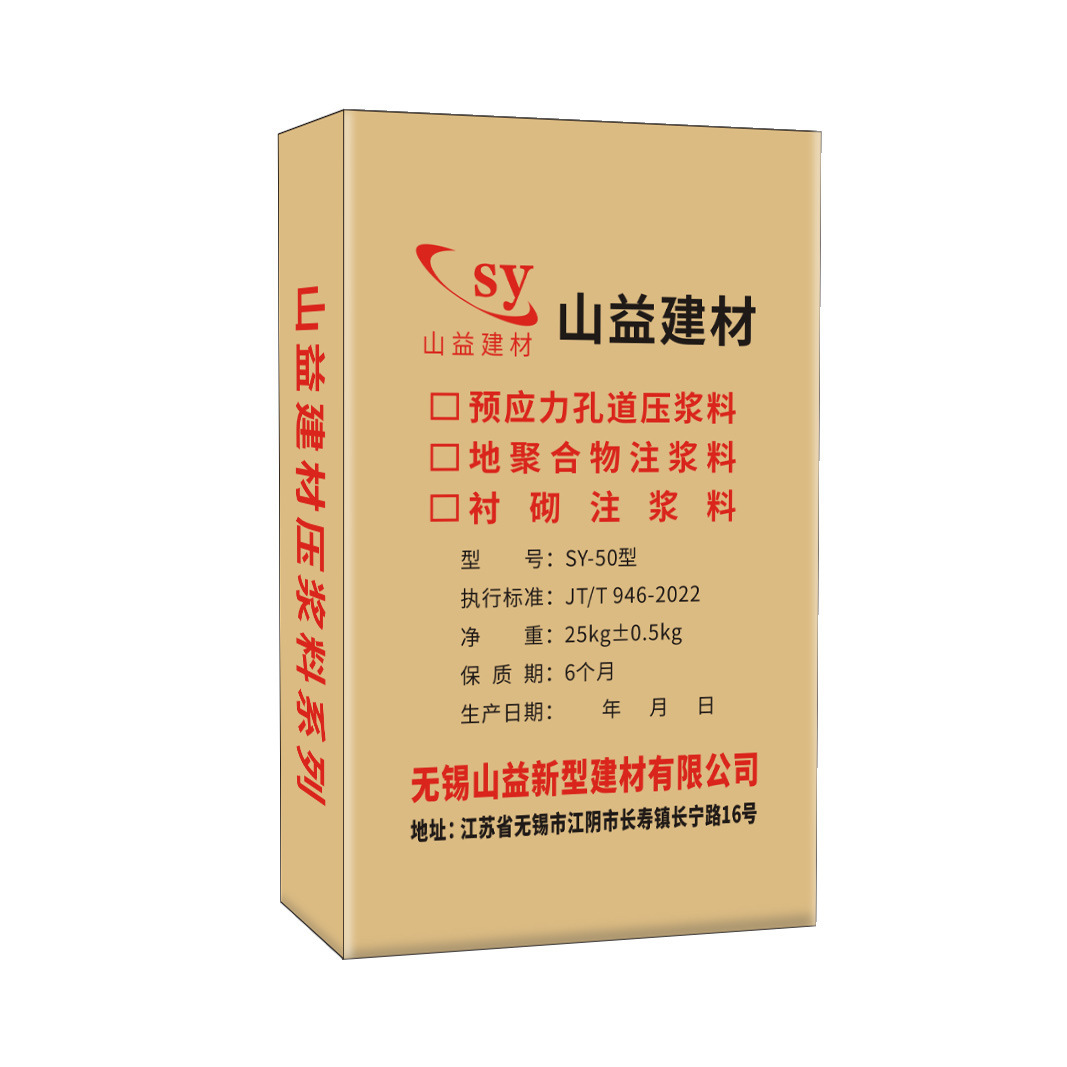When it comes to woodworking and construction, plywood is a versatile material that finds its way into countless projects, from furniture to structural applications. However, one common question that arises among DIY enthusiasts and professionals alike is: Does painting plywood seal it? This inquiry is not merely about aesthetics; it delves into the realms of durability, moisture resistance, and long-term maintenance. In this article, we will explore the implications of painting plywood, the science behind it, and best practices for achieving optimal results.
Understanding Plywood and Its Vulnerabilities
Plywood is composed of multiple layers of wood veneer glued together, which provides strength and stability. However, its porous nature makes it susceptible to moisture absorption, leading to warping, swelling, and eventual degradation. This vulnerability is particularly pronounced in exterior applications where exposure to the elements is inevitable. Therefore, sealing plywood is crucial to prolong its lifespan and maintain its structural integrity.
The Role of Paint in Sealing Plywood
When we consider the question of whether painting plywood seals it, we must first understand the properties of paint. Paint serves as a protective barrier that can help mitigate moisture penetration. However, not all paints are created equal, and their effectiveness in sealing plywood depends on several factors:
- Type of Paint: There are various types of paint available, including oil-based, latex, and specialty paints designed for exterior use. Oil-based paints tend to provide a more robust seal due to their thicker consistency and moisture-resistant properties. Latex paints, while easier to work with and clean up, may not offer the same level of protection unless specifically formulated for outdoor use.
- Primer Application: Before applying paint, using a primer is highly recommended. Primers are designed to penetrate the wood surface, creating a bond that enhances adhesion and sealing. A high-quality primer can significantly improve the paint's performance and longevity, ensuring that the plywood is better protected against moisture.
- Number of Coats: The effectiveness of paint as a sealant also depends on the number of coats applied. Generally, two to three coats of paint are advisable for optimal sealing. Each layer adds an additional barrier against moisture, enhancing the overall durability of the plywood.
The Importance of Surface Preparation
Before painting, proper surface preparation is essential. This includes sanding the plywood to create a smooth surface, removing any dust or debris, and ensuring that the wood is dry. Any imperfections or rough spots can compromise the paint's ability to seal effectively. Additionally, if the plywood has been previously treated or coated, it is crucial to remove any old finishes to ensure proper adhesion of the new paint.
Limitations of Painting as a Sealant
While painting plywood can provide a degree of sealing, it is important to recognize its limitations. Paint can wear away over time due to exposure to UV rays, moisture, and physical abrasion. Regular maintenance, including touch-ups and reapplication, is necessary to maintain the protective qualities of the paint. Furthermore, if the plywood is subjected to extreme conditions, such as constant water exposure or heavy traffic, additional sealing methods, such as varnishes or specialized sealants, may be required.
Alternative Sealing Methods
For those seeking more robust sealing options, consider the following alternatives:
- Wood Sealants: These products penetrate the wood fibers, providing a deeper level of protection against moisture. Sealants can be used in conjunction with paint for enhanced durability.
- Epoxy Coatings: Epoxy provides a hard, waterproof finish that is ideal for high-moisture environments. It can be particularly effective for plywood used in marine applications or outdoor furniture.
- Varnishes and Polyurethanes: These clear coatings offer excellent protection against moisture and UV damage while allowing the natural beauty of the wood to shine through.
Conclusion
In summary, painting plywood can indeed seal it to a certain extent, providing a protective barrier against moisture and environmental damage. However, the effectiveness of this sealing depends on various factors, including the type of paint used, the application of primer, and the number of coats applied. Proper surface preparation and regular maintenance are crucial to ensure the longevity of the paint job. For those seeking maximum protection, exploring alternative sealing methods may be beneficial.


+ There are no comments
Add yours